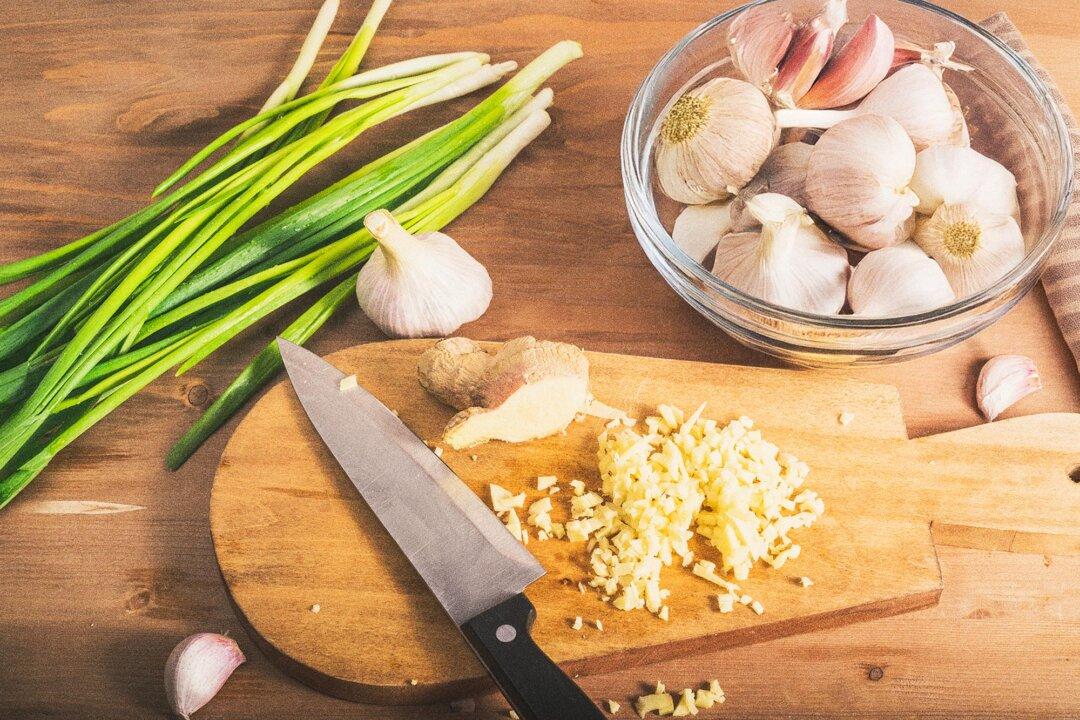Acupoints Massage to Improve Constipation
Acupoint massage advocated by TCM is able to regulate qi and blood, enhance intestinal peristalsis, and thereby improve constipation. According to TCM, qi and blood are the basic substances that constitute the human body and maintain all physiological activities. TCM has discovered “meridians”—energy channels of the human body, responsible for transporting qi and blood around the entire body. The human body has 12 main meridians corresponding to the 12 internal organs. The internal organs are connected to the surface of the human body through the meridians. Certain points on the meridians with special functionalities are called acupoints. By stimulating the corresponding acupoints through acupuncture and massage, diseases of the corresponding organs can be treated.Constipation is common in patients with Parkinson’s disease and causes a negative impact on their quality of life. The research team randomly assigned 166 patients with Parkinson’s into two groups, both of which received conventional drug treatment. One group also received electroacupuncture three times a week for 12 weeks, with 12 weeks of follow-up. For patients with constipation symptoms, electroacupuncture was performed on acupoints such as the Tianshu (ST25) and the Fujie (SP14).
The results of the study found that compared with conventional drug treatment, the additional electroacupuncture treatment significantly increased the number of spontaneous bowel movements in patients with Parkinson’s disease.
1. Kongzui Acupoint (LU6)
The Kongzui lies on the arm, halfway between the base of the thumb and the elbow. This acupoint is very effective in treating hemorrhoids and constipation. When it is being massaged, the anus feels like it is moving.
2. Chengshan Acupoint (BL57)
The Chengshan is located on the back of the calf, about halfway between the curve of the calf and the heel, in a depression below the bulge of the muscle belly on both sides of the gastrocnemius muscle. Massaging this point can treat hemorrhoids and constipation as well as low back pain.
3. Shenmen acupoint (HT7)
The Shenmen is on the inside of the wrist, between the little finger and the ring finger, extending downward and intersecting with the horizontal creases of the wrist. This acupoint can improve people’s nervous tension, relieve stress, facilitate sleep, and can also relieve constipation caused by stress.
4. Tianshu acupoint (ST25)
The Tianshu is about three fingers width on either side of the navel. If diarrhea and constipation often occur alternately, it may be an indication of irritable bowel syndrome. Massaging the Tianshu can help with bowel movements and alleviate diarrhea.
Two-Step Simple Intestinal Massaging
In addition to acupoint massaging or acupuncture treatments, you can also perform simple intestinal massage at home, which is equivalent to belly massage. This massage can help stimulate the intestines and pass the digested substances to be discharged smoothly.Intestinal massage not only can prevent and treat constipation, but can also relieve stress, improve autonomic nervous system disorders and allergies, enhance blood circulation, normalize body temperature, and prevent colds.
You can follow the two options as described below for the massaging. Do it once after getting up in the morning and once before going to bed at night, for about one minute each time, add a session or two in-between to make it three to four times a day. Be careful not to do it immediately after eating, as it may cause indigestion.
1. Massage With a Plastic Bottle
- Fill a plastic bottle with water and close it tightly.
- Start by touching your stomach with the bottom of the bottle and gently move along massage the path of the ascending colon, move horizontally across the transverse colon, then continue down along the descendant colon.
- Place the plastic bottle horizontally on your stomach and roll it from top to bottom of the intestinal area. The light massage of rolling up and down can enhance intestinal peristalsis.

2. Massage With Hands
- Apply a little lotion or glycerin on your hands.
- Massage gently according to the direction of the large intestine—from the lower right and move upward.
- Continue across upper abdomen to the left toward the left edge of the abdomen.
Diet Therapy to Relieve Constipation
Diet therapy is an important aspect of TCM—to regulate the balance of the body through the nutrient properties of food—to prevent and treat diseases. These dietary practices may help in the alleviation of constipation.1. Drink Warm Water
Constipation can result in abdominal distension and pain. Drinking a glass of warm water every morning may jumpstart your morning bowel movement.2. Eat Fruits
Bananas, papayas, and pineapples are fruits that can help with constipation. Bananas and papayas are both rich in fiber, which can increase stool volume and enhance intestinal peristalsis. They also contain enzymes that break down proteins, which can aid digestion and help stabilize mood.3. Try a Fluid-Enhancement Drink
The fluid-enhancement drink is a kind of tea recommended by TCM practitioners as suitable for daily consumption. It can enhance the secretion of liquid in the large intestine and make it easier to pass stool, thus improving constipation.- 40 grams (1.4 ounces) Scrophulariaceae
- 40 grams (1.4 ounces) Ophiopogon japonicus
- 25 grams (0.9 ounces) Rehmannia glutinosa
- Combine the ingredients in a small pot. Add 1600cc (54 fl. ounces) of water, bring to boil, and simmer for 30mins.
If your bowel movements return to normal after drinking the tea, you can stop regular consumption. However, taking this fluid-enhancement drink now and then is also able to help improve the water content within the entire body system.







